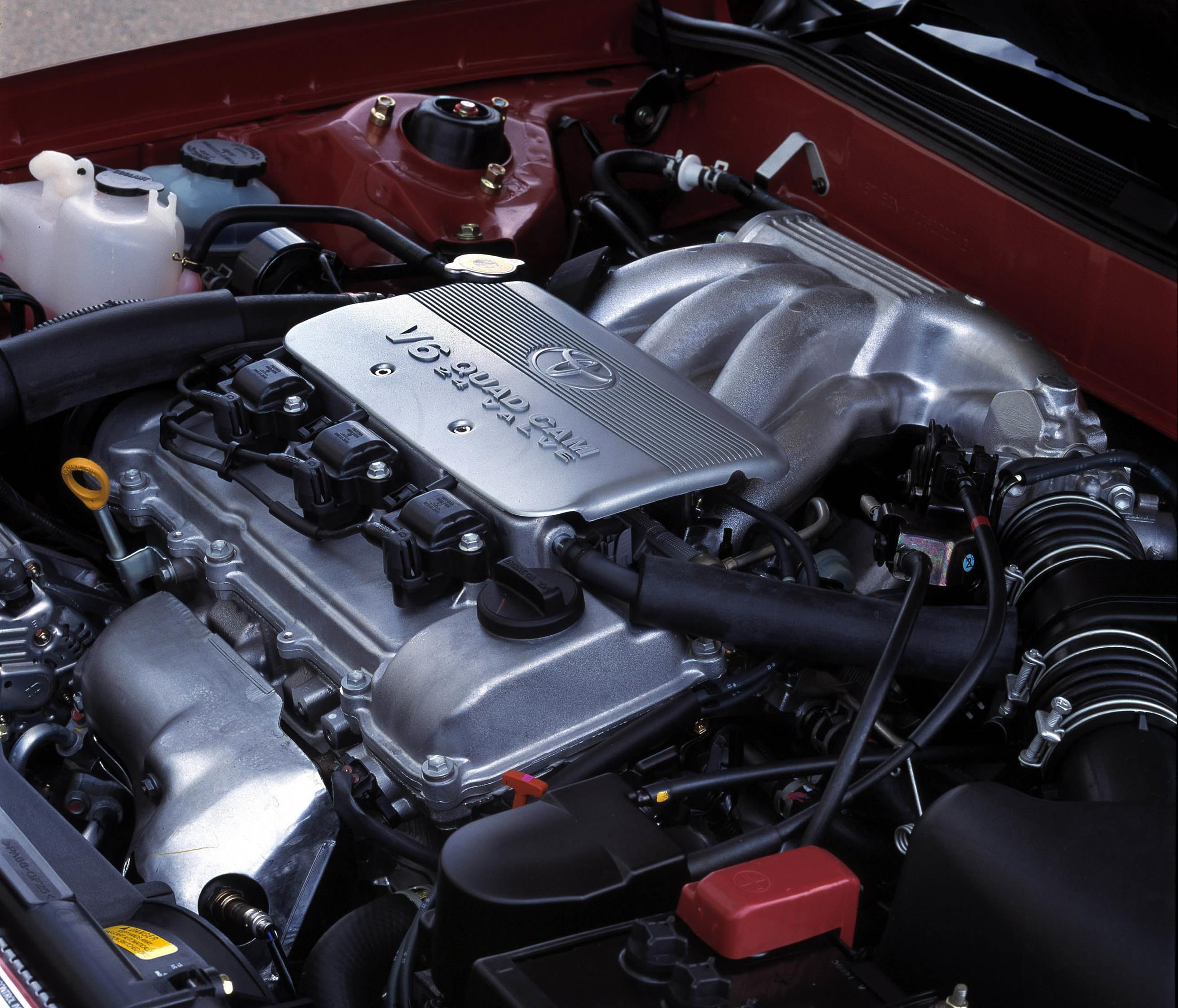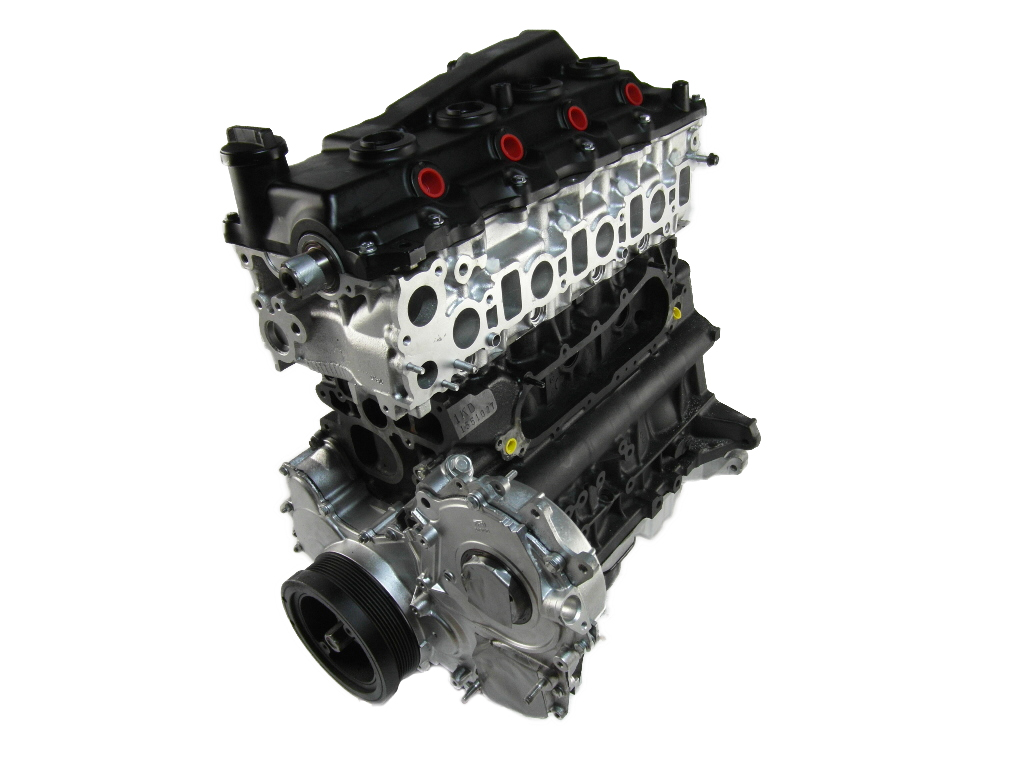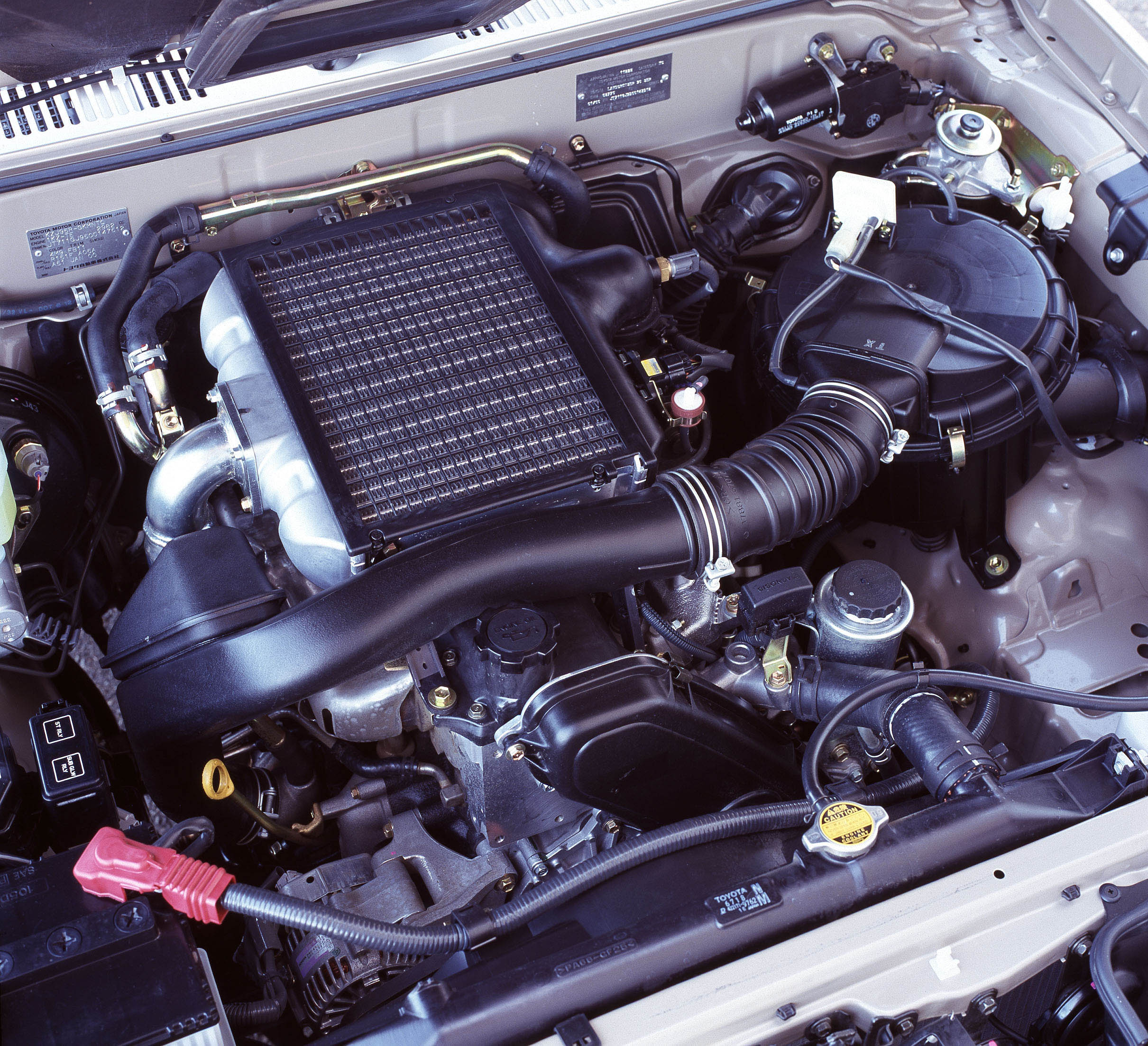Introduction
The Volvo Engine Architecture (VEA) was a family of modular petrol I3, petrol I4 and diesel I4 engines that commenced production in May 2013 at Volvo’s plant in Skövde, Sweden. Based on Volvo’s VEP4 petrol engine, the T8 Twin Engine differed in that it had:
- Four selectable drive modes;
- An integrated starter generator (ISG);
- A lithium-ion battery;
- A rear electric motor;
- A two-step braking system; and,
- A unique cooling system.
The Volvo V8 Twin Engine was first introduced in the second-generation Volvo XC90 in 2015.
Drive modes
The T8 Twin Engine had four selectable drive modes:
- alternate between drawing power from the petrol engine and the electric motor for optimum efficiency;
- Pure Electric: in ‘Pure Electric’ mode, the high-voltage battery would be used as the sole energy source and would power the electric motor over the rear axle. For the Volvo XC90 T8, pure electric mode provided a range of over 40 kilometres. If additional power was required, the petrol engine would start automatically;
- ‘Power’: in ‘Power’ mode, the petrol engine and electric motor would operate together. According to Volvo, the instant torque of the electric motor provided low rev response equivalent to a larger V8 engine; and,
- Save: if the battery was charged, ‘save’ mode enabled the driver to maintain battery charge so that it could be used later for the ‘Pure Electric’ mode. If, however, battery charge was low then the petrol engine could be used to charge the battery to a certain level.
Crankshaft Integrated Starter Generator (C-ISG)
Located between the engine and the gearbox, the T8 engine had a crankshaft-mounted starter generator (C-ISG) that had three functions:
- switch from ‘Pure Electric’ drive to combination combustion drive seamlessly;
- An electric generator; and,
- To provide up to 150 Nm of torque in addition to the output of the petrol engine.
Lithium-ion battery
The Volvo T8 Twin Engine had a high-voltage (270-400 volt) battery that:
- Had 96 lithium-ion cells and a nominal capacity of 9.2 kWh;
- Could deliver 65 kW of power to the rear electric motor;
- Was positioned the central tunnel of the vehicle; and,
- Weighed 113 kilograms (excluding coolant).
The battery could receive energy from three sources: 1) electric grid charging; 2) from regenerative braking; and, 3) from the C-ISG.
Rear electric motor
A permanent magnet synchronous motor, the rear electric motor was positioned on the rear axle and could deliver 64 kW and 240 Nm to the rear wheels when the ‘Pure Electric’ and ‘Power’ modes were engaged. According to Volvo, the motor was positioned on the rear axle because it allowed for a larger motor that was better suited to stop-start traffic and made all-wheel drive more efficient since each axle had its own power source. The rear electric motor weighed 34 kg and used a water-cooled stator for cooling.
Two-step braking system
The braking system for the Volvo T8 Twin Engine used brake-by-wire technology to recover and transmit energy back into the car to recharge the battery or for immediate use. The braking system also had a stability function that controlled the amount of energy that could be safely regenerated.
Cooling and climate system
The T8 Twin Engine had a unique cooling system that was composed of two additional circuits –
- The first circuit cooled the C-ISG and the large electric motor on the rear axle; and,
- The second circuit cooled the battery either passively via the radiator or actively through integration with the car’s climate system.
| Code | Engine | Power | Torque | Models | |
|---|---|---|---|---|---|
| T8 Twin Engine | B4204T35 (B1APHEV) |
1969 cc turbo and super charged petrol I4 | 235 kW at 5700 rpm | 400 Nm at 2200-5400 rpm | 2016 Volvo S90 T8, 2016 Volvo V90 T8, 2015 Volvo XC90 T8, 2017 Volvo XC60 T8 |
| Rear electric motor | 64 kW | 240 Nm | |||
| T8 Twin Engine | B4204T28 (B1BPHEV) |
1969 cc turbo and super charged petrol I4 | 234 kW at 5700 rpm | 400 Nm at 2200-5400 rpm | 2016 Volvo XC90 T8, 2017 Volvo XC60 T8 |
| Rear electric motor | 64 kW | 240 Nm |










